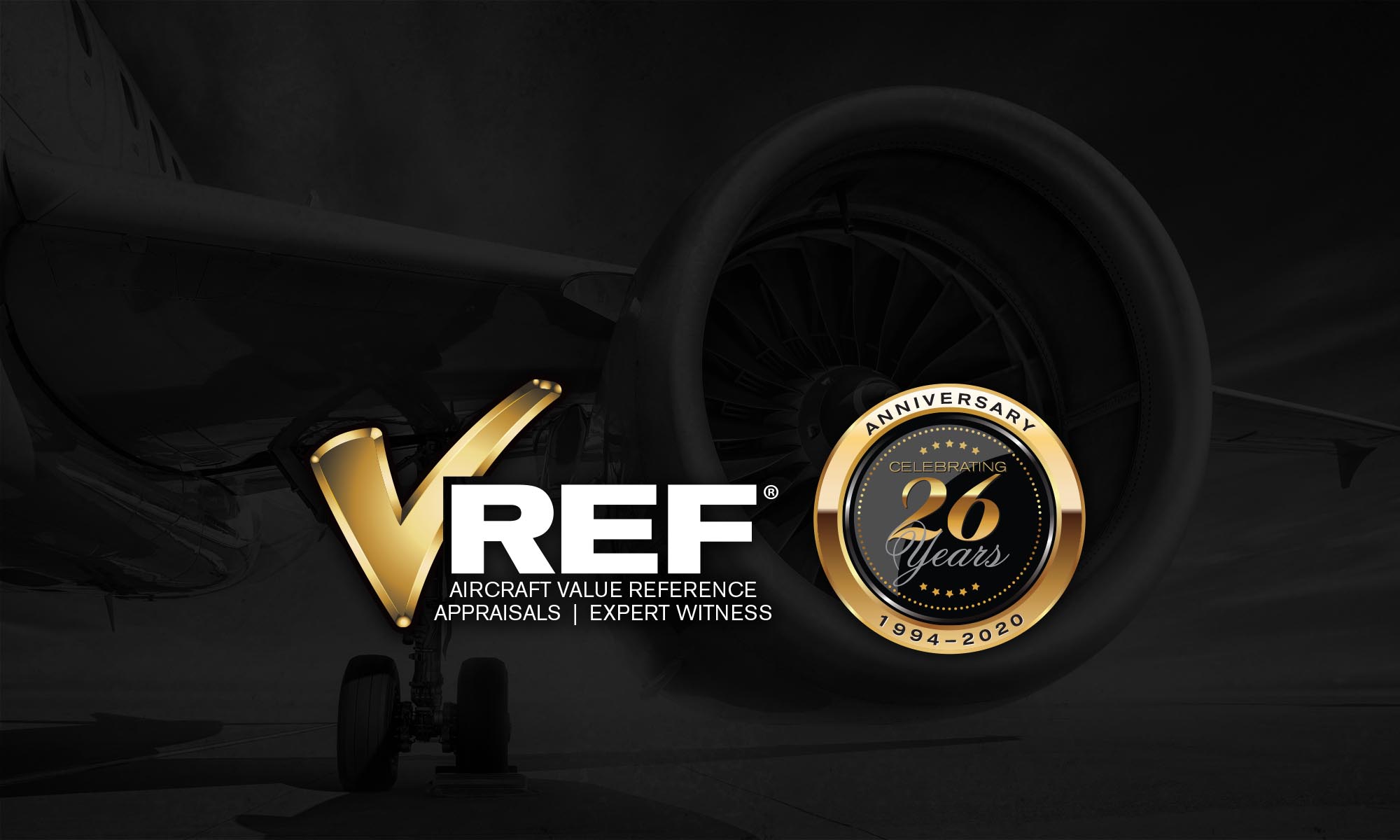Are you buying a used aircraft? There are some things you need to know.
Buying a used plane is a big deal. There’s a considerable amount of money involved, so if you’re not confident in what you’re doing or have not hired an expert to help you, a lot can go wrong.
Today is your lucky day. In this post, I am going to give you a few tips on buying your first pre-owned aircraft. Namely, which aviation regulations you need to adhere to, and how to avoid purchasing the wrong plane.
Buying your first aircraft is a stressful decision, but if you get it right, there’s nothing more rewarding than having your plane. Follow this guide and get the best one for you.
Research and Aviation Regulations
Before diving into your search for an aircraft, it’s essential to consider what your needs are. Look at what types of flights you’ll be taking it on, how many passengers you’ll be bringing, and how far you might go. Try to accurately match up this information with the correct class of aircraft.
As I have said in previous articles on the subject, it is vital to set a budget and then stick to it. With every aircraft category, some models will fit into various budgets (an example would be a Nav I Cessna 172 versus a Nav III or Garmin 1000), but don’t fall victim to one of the aviation best traps, as I like to call it the move up. It is so easy to want to “move up” that all of sudden that well thought out budget is not only totally blown, but so are your chances of aircraft ownership.
I advise people that some things are easy to fix, and some are not. The easy ones are things paint and interior, and even avionics upgrades are relatively straightforward, assuming you have a trusted repair facility. If you are finding yourself tight on a budget because the aircraft you are locating not only fall short on equipment but also require more then a little TLC, my advice is to move to a different aircraft model. For every “move up,” there is an associated cost to keep it operating.
Financing
The financial side of purchasing a plane is one of the more critical steps, and unfortunately, I see a lot of room for improvement from perspective buyers. There are a ton of financing options, and you have to be organized and prepared to obtain one. A bank or financial institution will not approve your loan until you have completed an aircraft appraisal, and That’s why it’s important always to get a VREF Appraisal completed on any aircraft you’re interested in financing.
A VREF Appraisal will allow not only assist you in verifying are buying the aircraft for fair market value, but its also critical the bank knows the FMV before they can give you a commitment.
Remember that all banks and financial institutions must adhere to their internal lending regulations and obtain a USPAP compliant appraisal.
USPAP is the Uniform Standards of Professional Appraisal Practice, and it is the quality control standards by which an appraiser performs his or her analysis in the United States. Why should you care?
USPAP requires strenuous testing and recurrent training to remain compliant. Any USPAP report will contain a USPAP Certification Statement signed by the appraiser, and one of those statements is the fact that the appraiser does not have an interest in the asset or personal property being appraised. Yes, you are reading this correctly, if you obtain an appraisal from a dealer who you are also buying the aircraft from then the appraiser has a bias, which is the entire point of getting an appraisal.
Worse yet, if you are going to hire an appraiser and they are not familiar with USPAP you will want to keep looking for one who is not only familiar but can prove they have completed the work to remain in compliance.
If your prospective aircraft matches up well to the VREF appraisal you can move on to the pre-purchase inspection aspect of the transaction. Remember do not assume your bank has committed to the loan until you see it in writing.
Pre-Purchase Inspection
First thing’s first, you should always test-fly an aircraft before buying it. When you do so, ensure that you check that all of the equipment and systems are functioning appropriately.
Have a trustworthy FAA A&P mechanic perform an aircraft inspection before you agree to close. They’ll check things like the compression on the engine and go through the aircraft condition checklist to make sure everything is in working order.
Use your own mechanic, even if the seller suggests their own. It’s always better to have a third party verify the quality and airworthiness of the aircraft, even if it comes at a fee.
Get the Title and Fly Away
After you’ve completed the pre-purchase inspection, it is time to set the closing date. Many buyers forget to check liens and an easy way to make sure all of the documents are in place before you close to hire an escrow company. They will track the funds for disbursement, coordinate with your bank, and make sure the FAA gets their set of documents, including the registration and bill of sale, so that you are legal. Don’t forget to get your aircraft insurance quotes early on in the buying process, as many are reporting substantially higher rates and premiums than anticipated.
If you need an aircraft valuation, visit us at VREF, the most trusted value guide in aviation.






